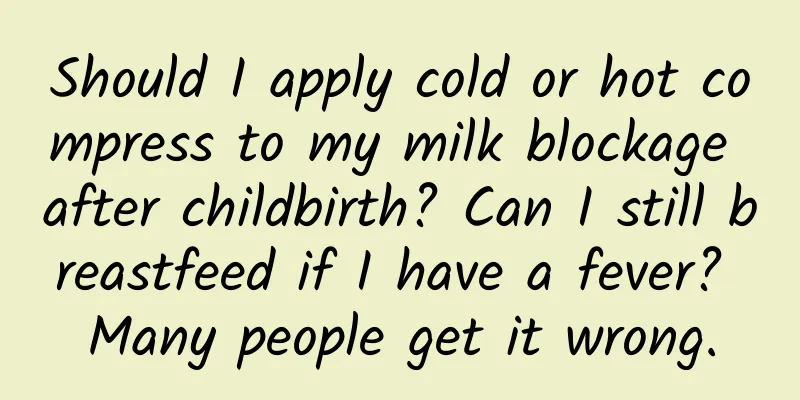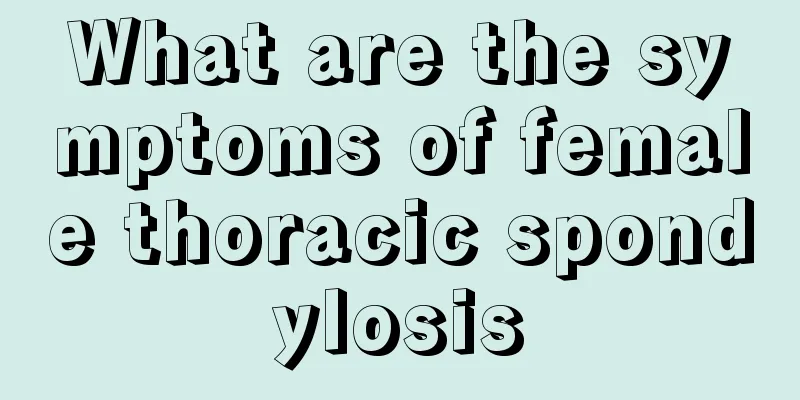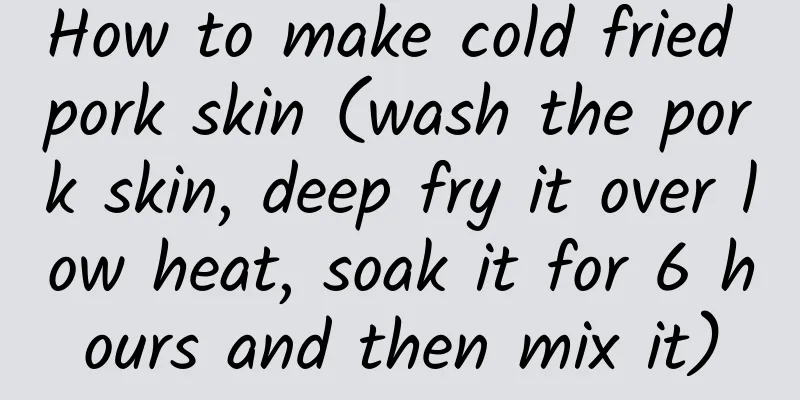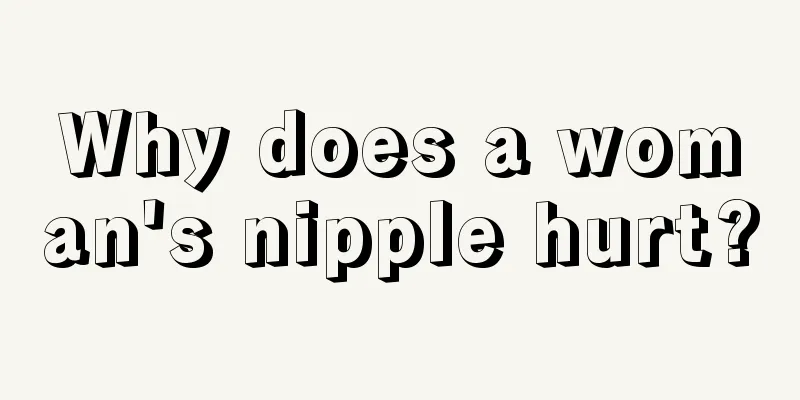Long-term high-sugar diet can easily cause a variety of diseases. Beijing Center for Disease Control reminds: Be careful of "sweet" temptation!
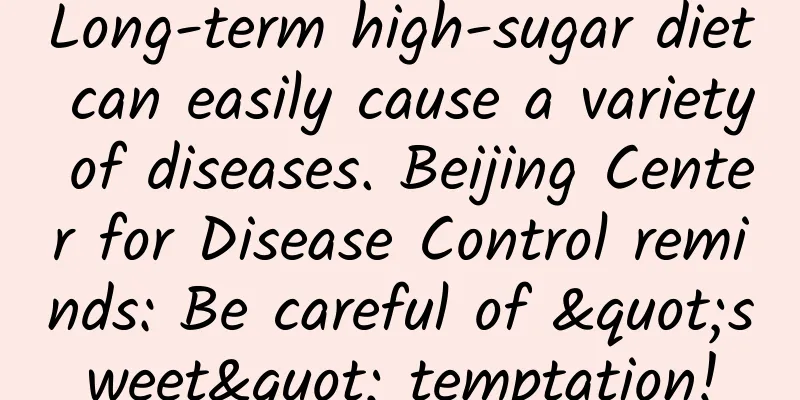
|
People's Daily Online, Beijing, August 26 (Reporter Sun Hongli) In the cool autumn weather, eating ice cream and drinking a bottle of iced cola when going out for fun or shopping makes life more comfortable. However, the Beijing Center for Disease Control and Prevention reminds us to be vigilant about these "sweet" foods that can be found and chosen everywhere. Added sugar, a seemingly "sweet" health trap According to the Beijing Center for Disease Control and Prevention, added sugar refers to sugars artificially added to food, which have a sweet taste and include monosaccharides and disaccharides, and common ones include sucrose, fructose, glucose, fructose syrup, etc. The white sugar, soft sugar, rock sugar, and brown sugar we use in daily life are all sucrose. So, in addition to satisfying the "sweet" pleasure of taste, is added sugar necessary? In fact, added sugar is a pure energy substance. From a nutritional point of view, we do not need to add any sugar to our diet. When added sugar is consumed too much, this "sweet" trap can also cause health problems. Eating too much sugary food will lead to high energy intake, but at the same time the quality of the diet is not high. Long-term high-sugar diet is not only prone to overweight, obesity, and tooth decay, but also leads to an increased risk of a variety of chronic diseases including diabetes, dyslipidemia, and cardiovascular disease. Taking sugary drinks as an example, it is estimated that they cause 180,000 deaths worldwide each year, mainly due to diabetes and cardiovascular disease. In middle-aged people, sugary drinks increase the risk of death from a variety of diseases (such as coronary heart disease). A low-added sugar diet is associated with a lower risk of cardiovascular disease, obesity, type 2 diabetes, certain types of cancer, and dental caries in adults. Sugary foods, how much hidden sugar is there? In addition, the added sugar in daily life mainly comes from processed foods. The wide variety of sugary drinks, a wide variety of desserts such as cakes, bread, candy, ice cream, pudding, and various jams and sauces are all "edible sources" of added sugar intake. Take bread, which doesn’t seem to be very sweet, for example. 100 grams of bread may contain about 8 to 18 grams of sugar. Even a 6-inch chiffon cake baked at home needs to add about 50 grams of sugar. The sugar content of desserts with various flavors, fillings, and decorations on the market will be even higher. For children and adolescents, the main source of added sugar is sugary drinks. Sugary drinks refer to drinks with a sugar content of more than 5%. Most drinks contain about 8% to 11% sugar, and some contain as much as 13% or more. Although this sugar content does not seem very high, it is easy to consume excessive sugar without realizing it due to the large amount of consumption. For example, drinking a bottle of cola will consume about 52 grams of added sugar. Moreover, sugary drinks have become very convenient to buy sweet drinks. We often even inadvertently consume more sugary drinks and gradually become a habit. How much sugar should be added? To reduce sugar intake, the daily intake of added sugar should not exceed 50 grams. It is best to control it below 25 grams, which has more health benefits. What behavioral changes are needed? The Beijing Center for Disease Control and Prevention reminds people to drink more water, preferably boiled water, and avoid or drink less sugary drinks. If you want to drink flavored drinks, you can choose tea instead. Eat fresh fruits and avoid fruit juices. Eat less sweets and reduce the frequency of intake of packaged foods that add sugar during processing, such as biscuits, ice cream, chocolate, candy, cakes, candied fruits, and jams. When purchasing packaged foods, check the ingredient list. If there is sucrose, white sugar, maltose, fructose syrup, concentrated fruit juice, glucose, etc., it means that sugar has been added and you should eat less. When preparing food at home, use less or no sugar. |
<<: What does essay selection mean? What is an essay outline?
>>: Why should new lipstick be placed in the refrigerator? Why does lipstick melt?
Recommend
How to exercise to tighten the vagina
As women in modern society pay more and more atte...
What is the cause of particles in the vagina?
The body will always have problems due to some en...
Normal range of blood pressure for women
Nowadays, high blood pressure and low blood press...
Massage to eliminate accessory breasts is simple and easy
Axillary breasts are unnecessary breasts. It ofte...
Is it normal to have three periods in two months?
Menstruation is a physiological process unique to...
How can women lose belly fat?
In today's society, losing weight has become ...
How to maintain the uterus after abortion?
Abortion is a common phenomenon in our lives. It ...
5 Medicinal Diet Therapies for Women with Sexual Dysfunction
25% of women suffer from orgasm disorders. Male s...
Do you know how harmful it is to wash your hair before going to bed?
From having enough food and clothing to a moderat...
What is Singapore? Size of Singapore
The Republic of Singapore, referred to as Singapo...
Can gynecological inflammation cause acne on the face?
Women will suffer from many gynecological disease...
What to eat to maintain the ovaries and uterus
Each kind of food has different nutritional value...
Precautions for female private hygiene
Women's physiological structure is relatively...
How many months of pregnancy is the baby head down
In daily life, some young couples are very concer...
What are the causes of yellow nasal discharge?
The problem of leucorrhea is indeed a relatively ...

